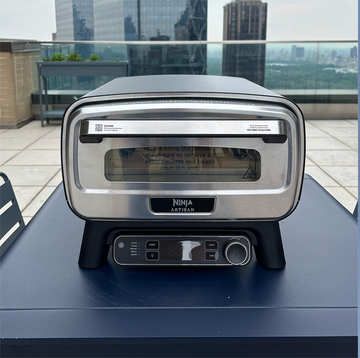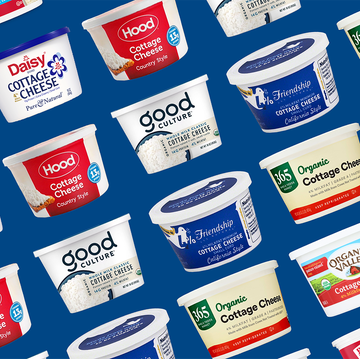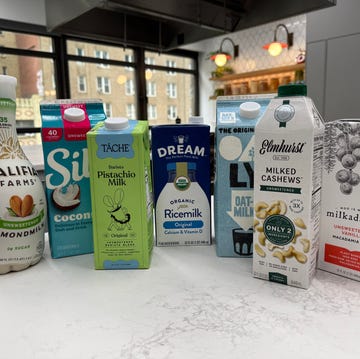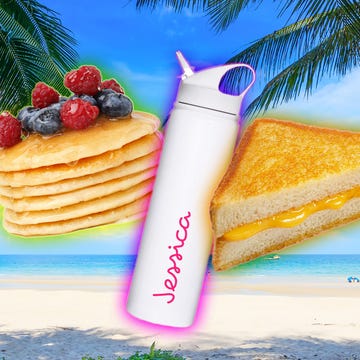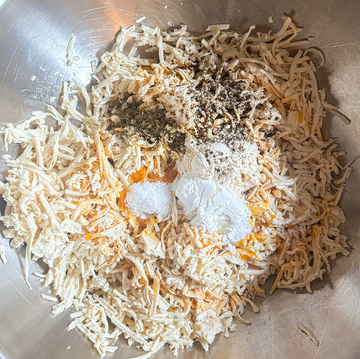If you're sensitive to gluten or just looking to cut it from your diet more, you're now going to have an easier time deciphering which grocery brands you can really eat. Based on new U.S. Food and Drug Administration regulations, if a product contains more than 20 parts per million of gluten (basically, the lowest amount someone with celiac disease can ingest without getting sick), it can no longer be labeled "gluten-free."
Before August 5, there were no standards or regulations governing the use of gluten-free claims placed on packaged foods. "Without a standardized definition of 'gluten-free,' these consumers could never really be sure if their body would tolerate a food with that label," Andrea Levario, executive director of the American Celiac Disease Alliance, said in a statement.
The FDA has said that the term will still be voluntary, but companies who market foods as gluten-free in a misleading manner "will be subject to regulatory action." And according to the AP, the new rules mean that anything labeled gluten-free will not contain wheat, rye, or barley, or any ingredient derived from these grains.
For more about the new gluten-free regulations, check out the FDA's website.
This article originally appeared on GoodHousekeeping.com.
RELATED:
10 Health Rules You Can IgnoreAre You Sensitive to Gluten11 Diet Myths - Busted!




